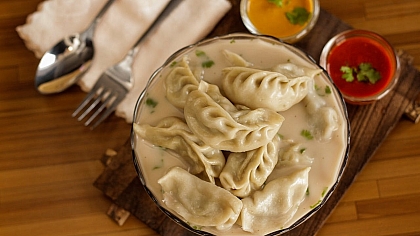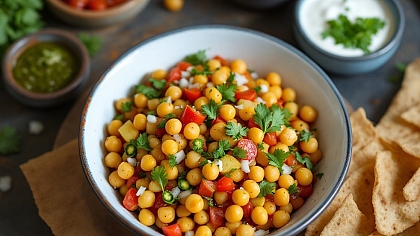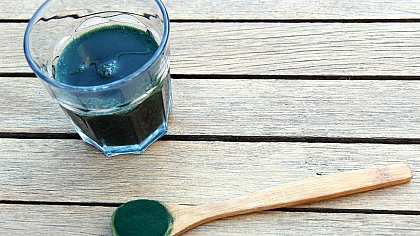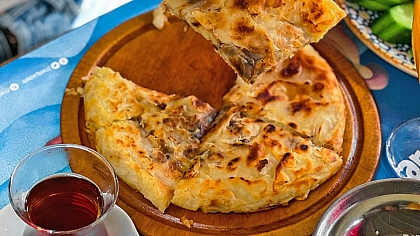
The A to Z of Turkish Ingredients
If you have ever had the pleasure of tasting Turkish cuisine, or strolling through a spice bazaar, then you will be well aware that when it comes to seasonings, flavours and ingredients, the people of Turkey certainly know their stuff.
As Turkey is located at the crossroads of Europe and Asia, its historical trading routes mean that the country is well acquainted with the exotic spices and goods that travelled westward, on the camel caravans of the Silk Road from places like the Middle East and beyond. Inevitably, the flavours of modern-day Turkish cuisine reflect centuries of experience.
In order to get familiar with the vast array of seasonings, spices and other types of food that you will come across in Turkish recipes, we have put together a simple A to Z of some of the most well-known Turkish ingredients along with their names in Turkish.
A
Allspice Yenibahar – A fragrant spice mix used to add a burst of flavour to köfte (meatballs) and the fragrant rice filling for stuffed vine leaves, eggplants or peppers, known as dolma.
B
Bulgur Wheat Bulgur tahılı – Cracked bulgur wheat is a staple in Turkish food, often consumed as an alternative to rice. It can also be kneaded into köfte.
C
Cumin Kimyon – A commonly used spice which can be used to flavour soups and season grilled meats as a garnish.
Cinnamon Tarçın – This aromatic spice is made from peeled, dried tree bark and used to flavour desserts, puddings and pastries. It can be purchased in a stick or powder form, the latter of which when sprinkled on top of the Turkish hot drink known as Salep, gives it an exciting kick.
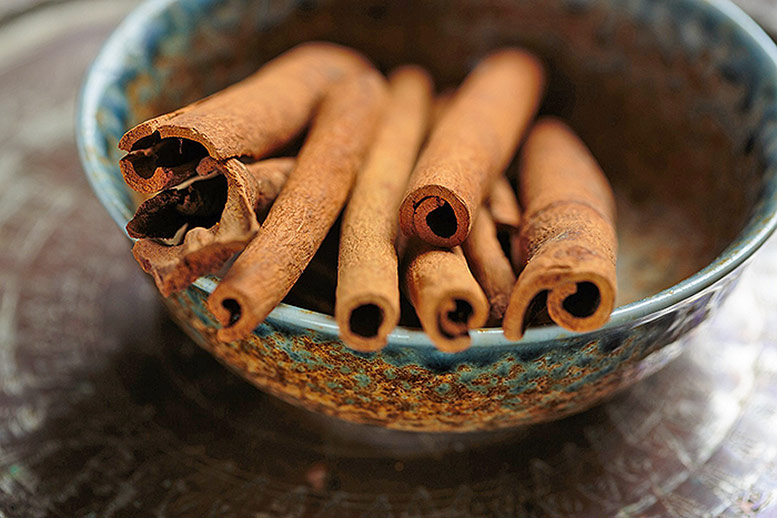
D
Dill Dereotu – A herb with a mild flavour, commonly used in salads, mezes and to flavour casseroles.
E
Eggplant / Aubergine Patlıcan – Eggplant dishes are highly popular in Turkey, you can eat them grilled, stewed, stuffed or even as a jam.
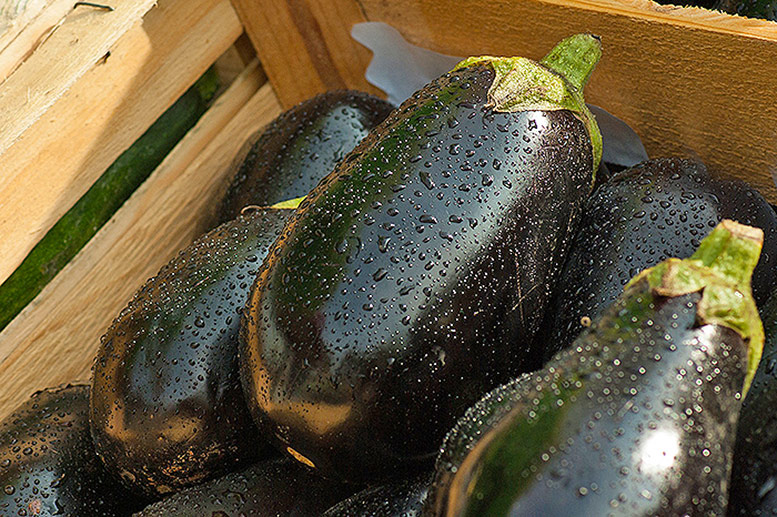
F
Fenugreek Çemen Otu – Fenugreek leaves and seeds are frequently used in pickle recipes. They can also be used to flavour sauces and stews, a powdered form is also available. Fenugreek has a very distinctive, pungent aroma.
G
Green Pepper Yeşil Biber – Spices are an integral part of Turkish cuisine and powdered green pepper is just one of the treats you can find in heaped mounds at the spice bazaars of Istanbul and Yonder. Like red, black and white peppers, each has its own distinct aroma and flavour.
H
Hazelnut fındık – About 75% of the world’s hazelnuts are produced in Turkey. Needless to say, being so readily available, hazelnuts are a ubiquitous ingredient in many varieties of Turkish Delight Lokum and baklava. Another popular nut used throughout Turkish cookery is the pistachio or fıstık.
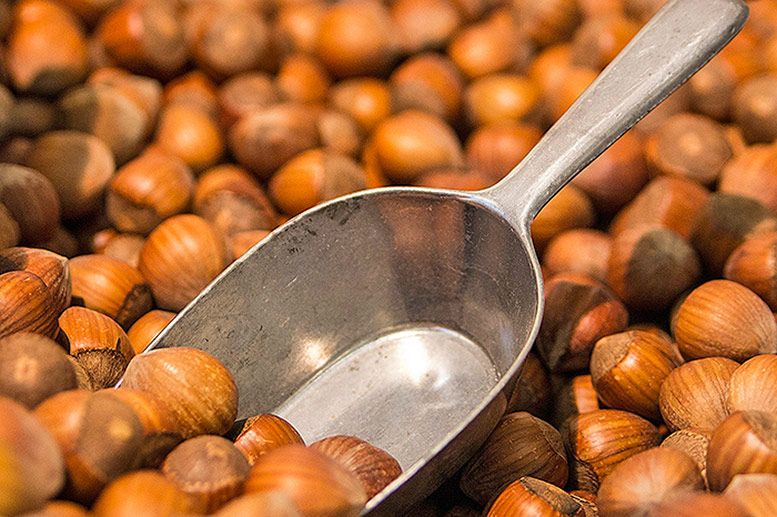
Honey Bal – Turkey is the second-largest producer of honey in the world. It is an essential part of many Turkish recipes and its delicious varieties are highly sought after.
I
Isot Pepper Isot Biberi – Smoked Chilli flakes that have a unique fruity yet smoky taste with a gentle level of heat. Its wondrous fragrance and distinctive dark colouring make it an eye-catching garnish as well as to flavour grilled kebabs and sauces. Isot pepper is also known as Urfa pepper.
J
Juniper Ardıç – Juniper berries can be dried, powdered and added to spice blends or simply rehydrated during cooking. They have a fruity taste and go well in meat stews.
K
Köfte Spice (Meatball Spice Mix) Köftebaharı – An all-purpose spice mix which can be used to give an authentic Turkish flavour to kebab mixes as well as being rubbed directly onto lamb or even used in vegetable dishes.
L
Lemon Limon – Lemons are used in all sorts of Turkish recipes, their juice is used in salads and homemade lemonade, but you can also find dried and even pickled lemons to suit your culinary requirements.
M
Mint Nane – Mint is commonly used in Turkish cooking and this versatile herb can be used either fresh or dried and is an important ingredient for the Turkish yoghurt-based accompaniment, known as Cacık. Mint is also very refreshing when added to tea and salads.
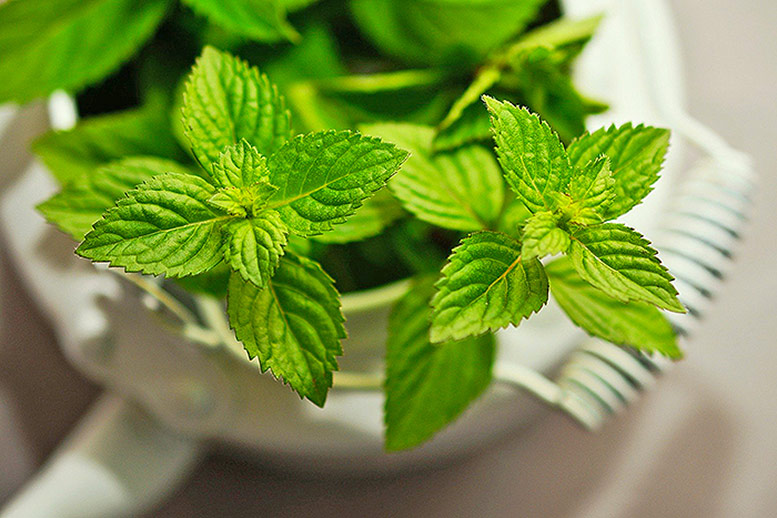
N
Nigella Seeds Çörek Otu – Little black spicy seeds that add bursts of flavour to each bite of the Turkish savoury bread specialities such as poğaça, which are often eaten in a traditional Turkish breakfast. Nigella seeds are also used in Turkish pastries.
O
Olive Oil Zeytin Yağı – Good quality olive oil complements many types of Middle Eastern and Mediterranean cooking, and the culinary delights of Turkey are no exception. Using a large part of the country for the cultivation of olive trees, Turkey is one of the largest producers in the world, alongside countries like Spain, Italy and Tunisia. Therefore olives are also used in abundance when it comes to Turkish gastronomy.
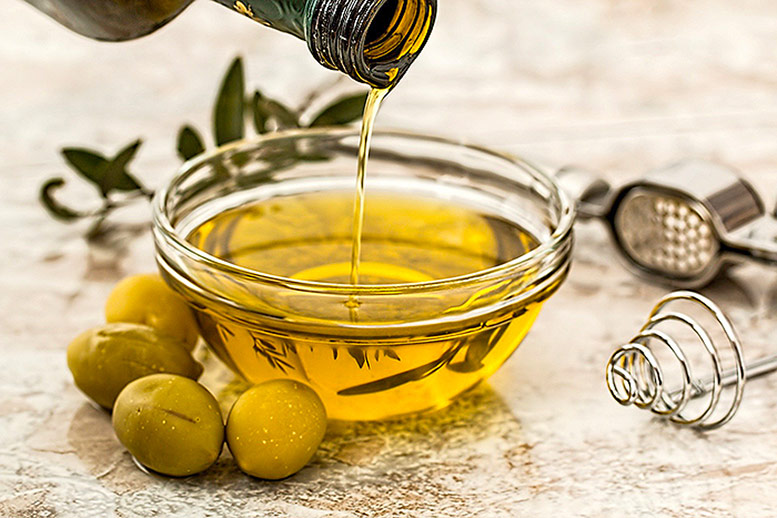
Oregano Kekik – Dried oregano is a popular dried herb for adding to meat and chicken dishes, as well as salads and soups. Whereas the fresh oregano leaves work really well when infused with olive oil for dipping bread or drizzling over salads. It is also known as Wild Thyme.
P
Parsley Maydonoz – Flat leaf parsley goes brilliantly well in Turkish salads, combined with finely sliced onions, lemon juice, olive oil, sumac and lashings of pomegranate molasses; incidentally, another ingredient that starts with the letter P.
Pomegranate Molasses Nar Ekşisi – Not only is pomegranate molasses excellent as a salad dressing, but it also adds its wonderfully rich and tangy flavour to dips, casseroles, and even desserts. In fact, pomegranates, or nar, are an essential part of many Turkish treats from fresh juice and tea to one of the most popular flavours of lokum.
Q
Quince Ayva – The key ingredient to making the delicious Turkish quince dessert, known as Ayva Tatlısı. Quinces are seasonal fruits which are available from October to January.
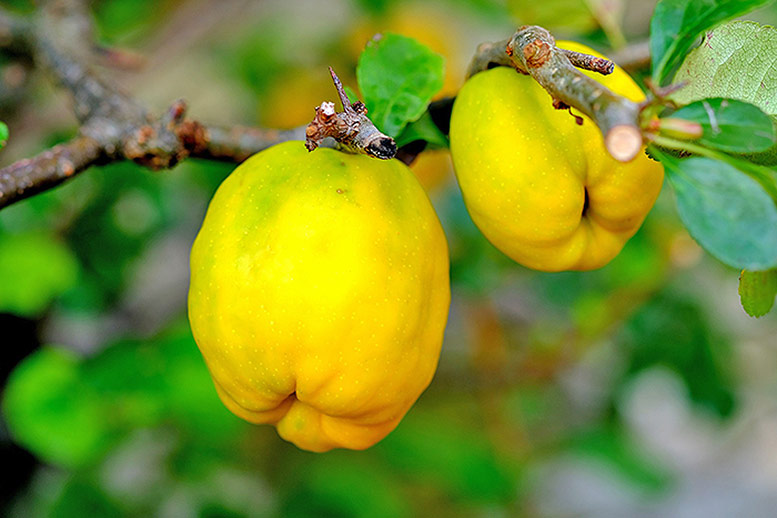
R
Red Pepper Paste Biber Salcası – Available in hot acı or sweet tatlı varieties, both of these concentrated pastes, made from sun-dried red peppers, are used in savoury Turkish recipes for adding depth of flavour and richness to sauces and bases for dressings and marinades.
S
Sesame seeds Susam taneleri – Another popular type of seed which really adds excitement to a range of Turkish bread, including simit which is a baked ring of bread, covered in sesame seeds which is generally eaten in breakfast. Sesame seeds are also used to make savoury pastes such as tahini and sweet halva.
Sumac – The dried and powdered fruit from small Anatolian trees. It’s commonly used for its tangy flavour in salads and grilled meats to give that authentic Turkish taste.
T
Tomato Paste Domates Salçası – A rich and concentrated tomato paste, made by cooking and puréeing ripe tomatoes until thickened, often sun-dried for enhanced flavour.
Turmeric Zerdeçal – A root that is commonly used in powdered form for its vibrant golden colour, which is also beneficial for health due to its anti-inflammatory properties.
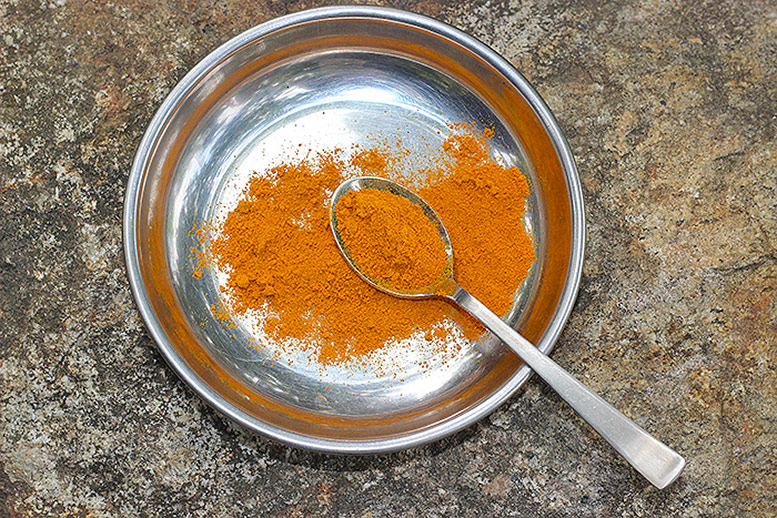
U
Urfa Chilli Urfa Biber – Another name for Isot pepper, which is well-known for its sweet and smoky flavour as well as its dark reddish black colour.
V
Vine Leaves Asma yaprağı – Grapevine leaves are commonly used for wrapping around delicious fillings of rice, minced meat, and herbs and flavoured with lemon juice, which is known as Dolma; any vegetable stuffed with a rice-based mixture.
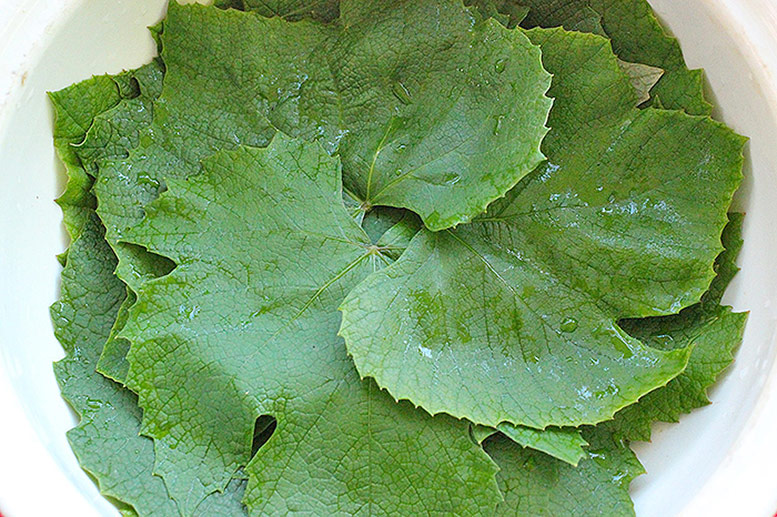
W
White Beans Kuru Fasülye – A staple in Turkish households, white beans make a delicious, heart-warming stew or a refreshing salad, therefore, they can be enjoyed in all seasons.
White Cheese Beyaz Peynir – A popular cheese made from cow, sheep or goat milk. Similar to Feta cheese but less salty and often used in salads and as a filling for pastries such as börek and Gözleme, which is a Turkish flatbread. Cheese is also an important part of a Turkish breakfast.
Y
Yoghurt Yoğurt – The key ingredient to Ayran, a traditional salty Turkish yoghurt drink. It is also used in many dips and mezes. Yoghurt has been consumed by nomadic tribes as a staple throughout history and was linked with longevity. It is still an important part of the modern Turkish diet.
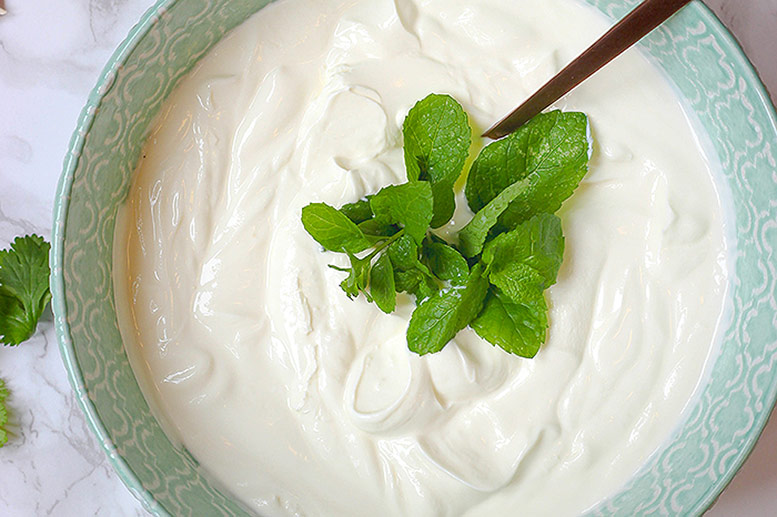
Z
Zucchini / Courgette Kabak—Grilled, roasted, or in a stew, zucchini is a frequently used vegetable in Turkish cooking.
Zatar Zahtar – A unique spice blend made often from a popularly grown herb in southern Turkey. Traditionally mixed with olive oil for dipping bread in; Zatar, which is often dried, crushed and mixed with sesame seeds, sea salt and other exciting herbs, has a pungent aroma and a nutty taste that will whisk you off to spice bazaars of Istanbul in a single bite.
Now we have mentioned a wealth of amazing Turkish ingredients, we hope that you will consider adding them to your shopping list and trying out some amazing new recipes.
Afiyet Olsun!








